The Influence of Baroque on Art: A Majestic Legacy
Step into a world where grandeur meets emotion, where light and shadow dance in perfect harmony, and where ornate beauty tells stories beyond the surface. Welcome to the captivating realm of Baroque art. Baroque art's legacy continues to mesmerize and inspire. Join us in this article as we unveil the essence of Baroque and uncover the secrets behind its enduring allure and its impact on the artistic world.
Unveiling the Essence of Baroque Art
The Baroque period, spanning the 17th and early 18th centuries, marked a significant shift in the world of art. Emerging in Europe as a response to the Renaissance, Baroque art mesmerized audiences with its grandeur, opulence, and emotional intensity.
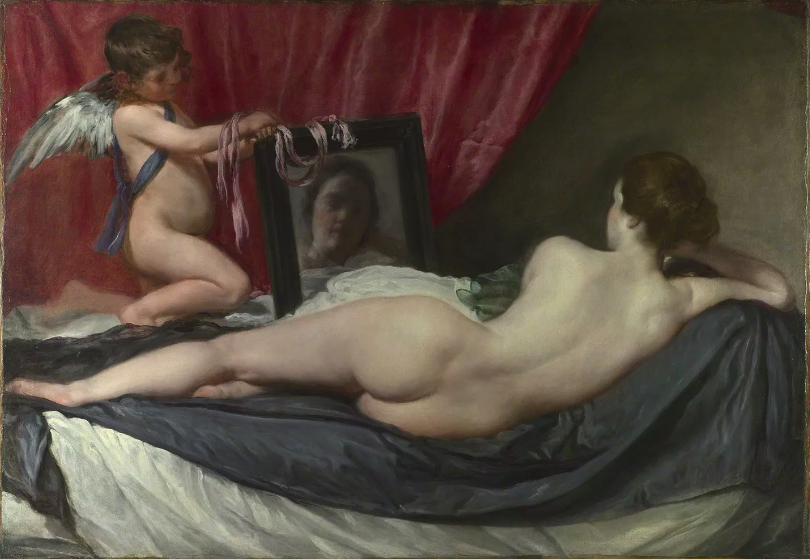 A typical baroque painting by Diego Velázquez, The Toilet of Venus ('The Rokeby Venus'), 1647-1651
A typical baroque painting by Diego Velázquez, The Toilet of Venus ('The Rokeby Venus'), 1647-1651
Its influence can be seen not only in painting and sculpture but also in architecture, music, and literature. This article delves into the captivating realm of Baroque art and explores its enduring impact on various artistic forms.
Embracing Dramatic Realism
At the core of Baroque art lies a profound desire to engage the viewer emotionally. Artists sought to elicit intense reactions, capturing the essence of human emotions and experiences.
Baroque works often portrayed dramatic scenes and historical events, utilizing chiaroscuro (contrasting light and dark) to create an immersive and captivating atmosphere. The works of Caravaggio, with their striking use of light and shadow, exemplify this technique, drawing viewers into a world of heightened drama and tension.
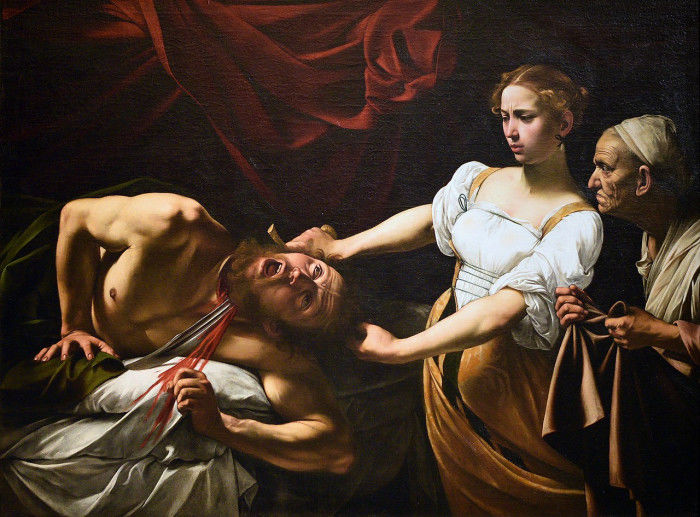 Example of baroque painting, 'Judith Beheading Holofernes', by Caravaggio'
Example of baroque painting, 'Judith Beheading Holofernes', by Caravaggio'
The Splendor of Motion and Dynamic Composition
Baroque art embraced movement and energy, reflecting the desire to evoke a sense of dynamism and action. Artists skillfully depicted figures in motion, their gestures and poses conveying a powerful sense of vitality.
This can be observed in Gian Lorenzo Bernini's sculptures, such as "Apollo and Daphne," where the marble seems to come alive, frozen in a moment of transformative movement.
The dynamic compositions of Baroque paintings and sculptures added a sense of theatricality to the art, further intensifying its impact.
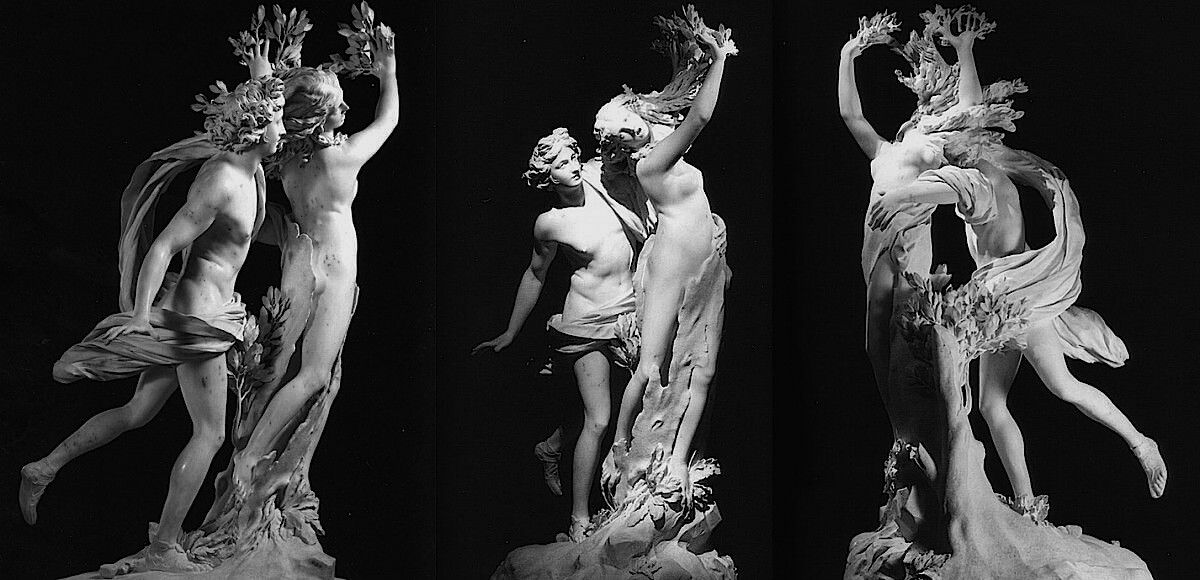 Typical baroque scupture by Bernini, Fountain of the Four Rivers – Ganges
Typical baroque scupture by Bernini, Fountain of the Four Rivers – Ganges
Ornate Beauty and Symbolism of Baroque
Baroque art indulged in intricate details, opulent ornamentation, and extravagant materials. Elaborate decorations adorned palaces, churches, and public spaces, reflecting the wealth and power of the patrons. Such richness can be seen in the ornate interiors of Versailles or the architectural marvels of Rome, like the Trevi Fountain.
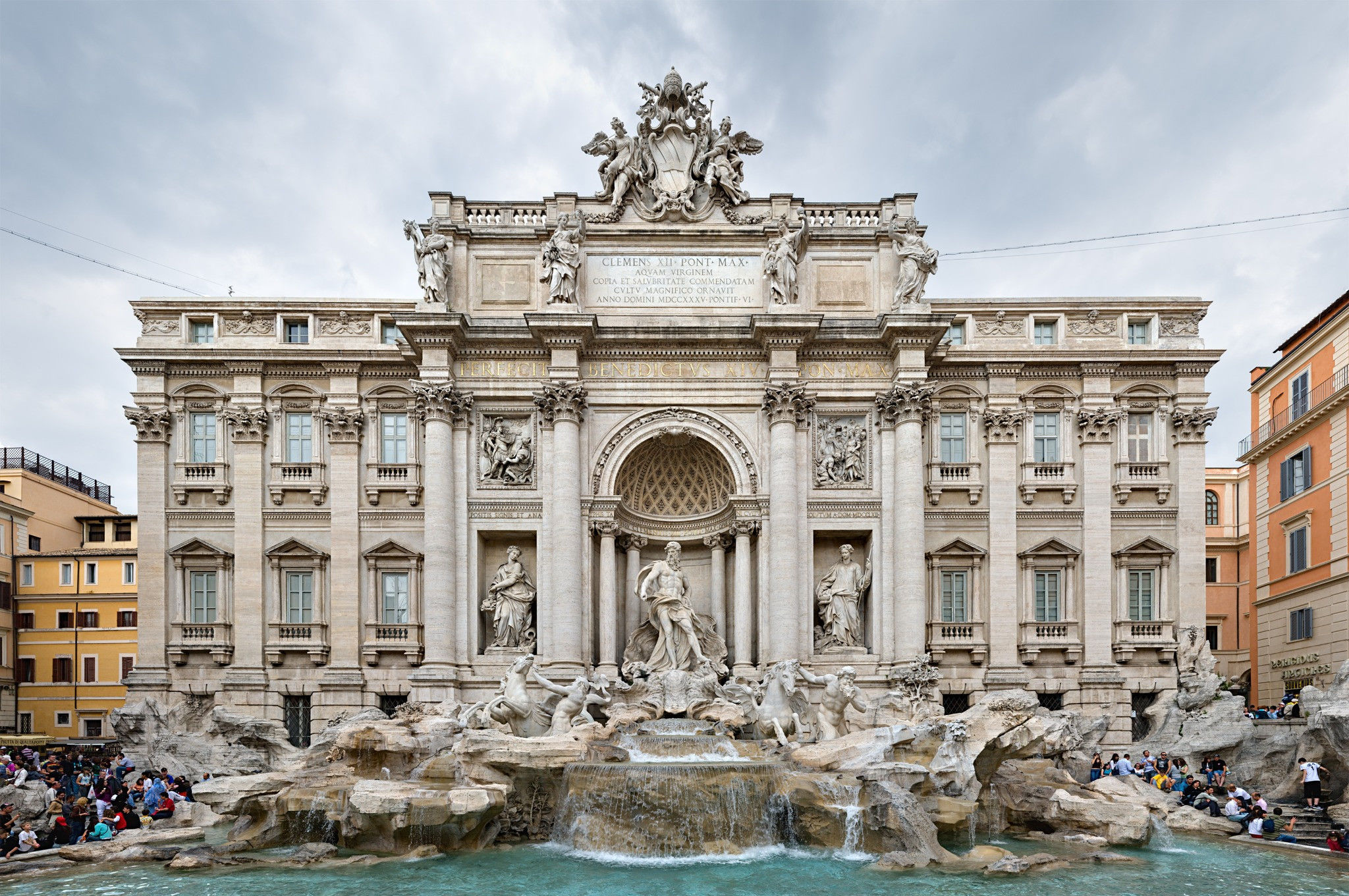 The baroque style 'Trevi fountain' was designed by Nicola Salvi and completed by Giuseppe Pannini in 1762
The baroque style 'Trevi fountain' was designed by Nicola Salvi and completed by Giuseppe Pannini in 1762
Symbolism played a crucial role as well, with various motifs and allegorical references used to convey deeper meanings. These symbols often represented religious, political, or social messages, giving the art an additional layer of significance.
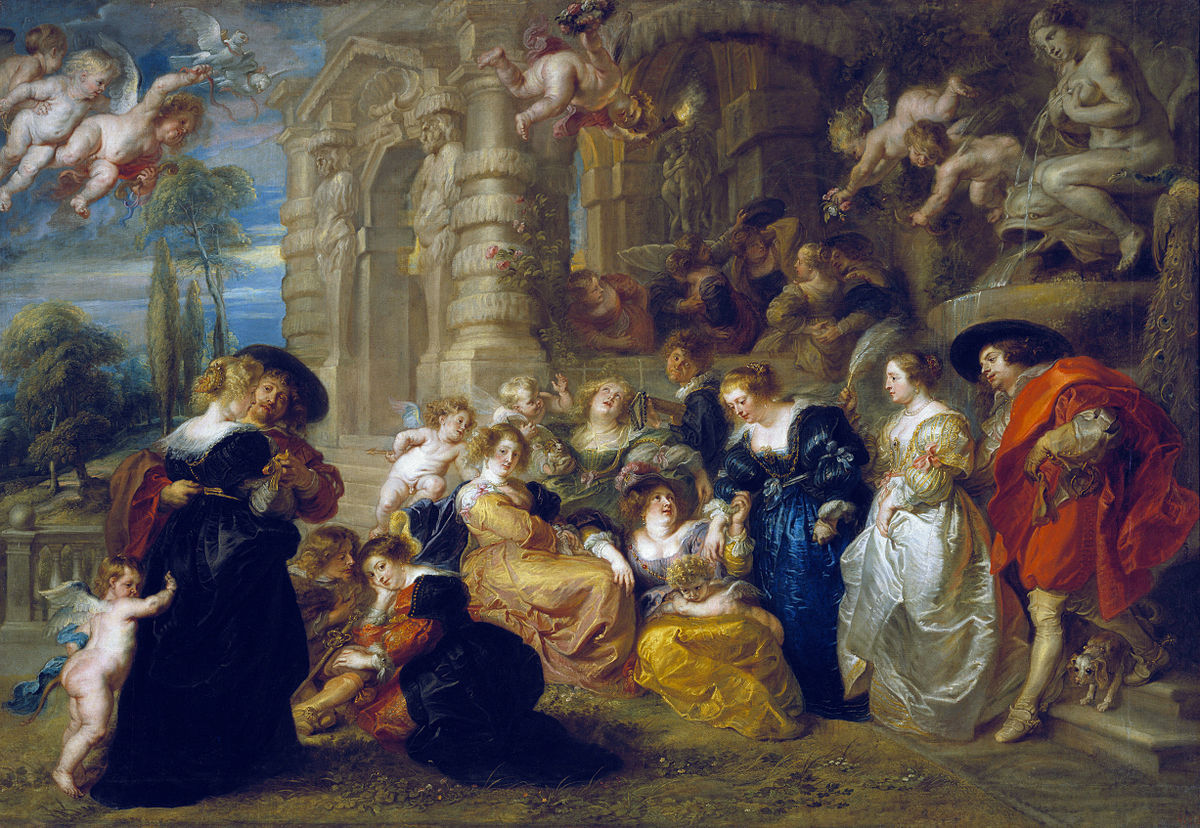 Baroque painting by Peter Paul Rubens, The Garden of Love, 1630-1631, Museo del Prado, Madrid, Spain
Baroque painting by Peter Paul Rubens, The Garden of Love, 1630-1631, Museo del Prado, Madrid, Spain
The Legacy of Baroque Lives On
The impact of Baroque art extends far beyond the period itself, leaving an indelible mark on subsequent artistic movements. Its influence can be witnessed in the works of Romantic painters who drew upon the emotional intensity and dramatic narratives of Baroque art.
Additionally, the use of light and shadow in chiaroscuro techniques became a foundation for later artistic movements such as Tenebrism and Rembrandt's mastery of light. Even contemporary art occasionally pays homage to the Baroque through its theatricality, symbolic elements, and grandiose compositions.
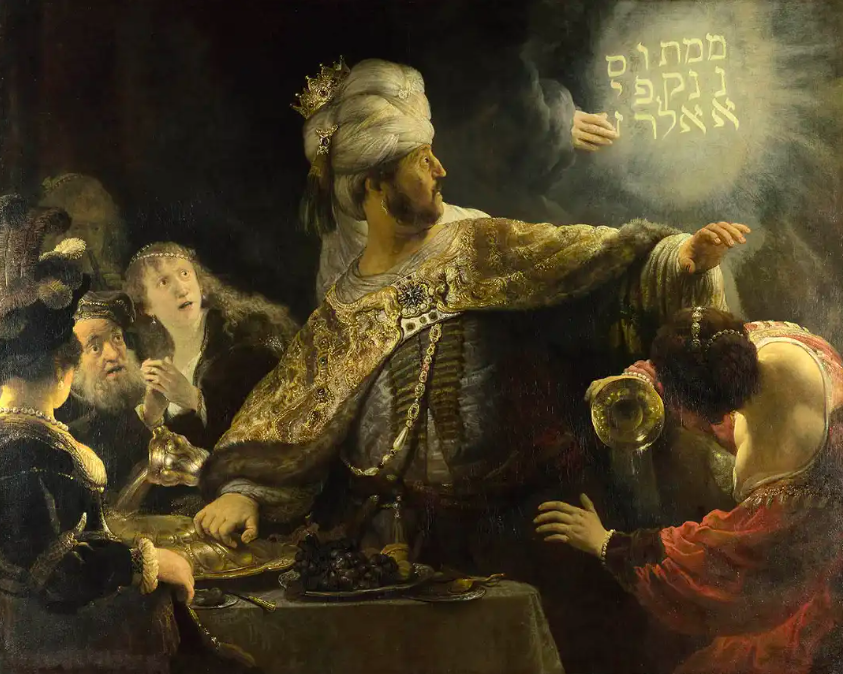 Typical baroque painting using dark and light in Belshazzar’s Feast by Rembrandt van Rijn, 1635
Typical baroque painting using dark and light in Belshazzar’s Feast by Rembrandt van Rijn, 1635
Baroque in Music and Literature
The influence of the Baroque era was not confined to the visual arts alone. Baroque music, characterized by complex compositions, ornamentation, and rich harmonies, thrived during this period. Composers like Johann Sebastian Bach and Antonio Vivaldi created timeless masterpieces that still resonate with audiences today.
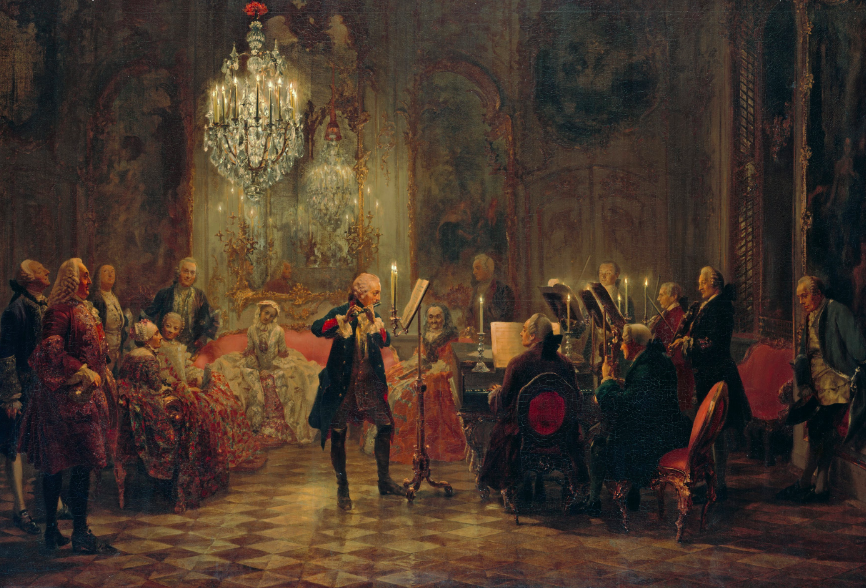 A baroque music play in a typical baroque setting
A baroque music play in a typical baroque setting
Baroque also paved the way for the development of opera, a highly dramatic and emotive form of music that combined music, theater, and dance.
In literature, Baroque elements are found in the works of writers such as John Milton and Miguel de Cervantes, who incorporated extravagant language and intricate storytelling techniques.
Resume
The influence of Baroque on art is an enduring testament to the power of this artistic movement. Its ability to evoke emotions, embrace drama, and captivate through its opulence and symbolism has left an indelible mark on the world of art.
The legacy of Baroque lives on, inspiring artists across generations and reminding us of the lasting impact of the extraordinary creativity.
Baroque paved the way for new artistic movements and styles to emerge, like the development of Rococo, a more delicate and ornate style that emerged in the 18th century.
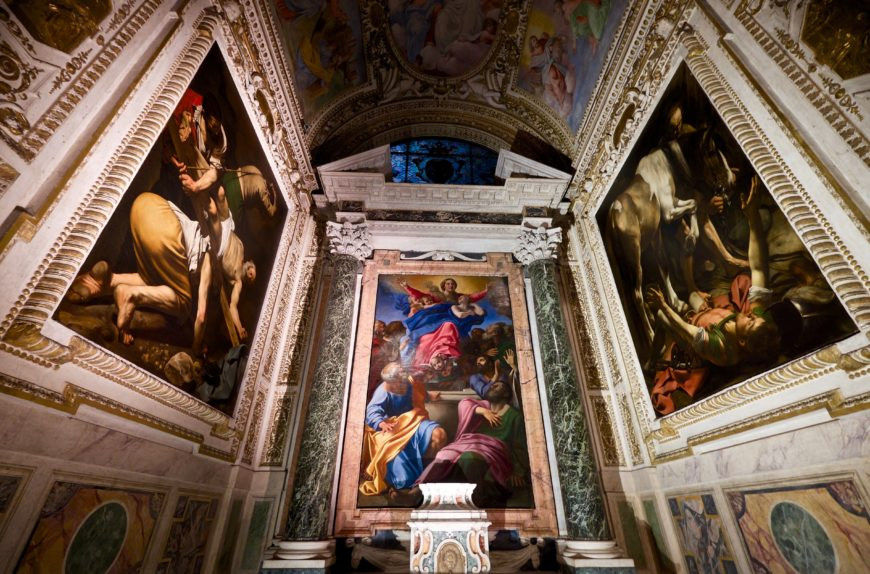 View of the Cerasi Chapel with Annibale Carracci’s altarpiece, The Assumption of the Virgin and 'The Crucifixion of St. Peter' on the left, and The Conversion of Paul on the right both by Caravaggio
View of the Cerasi Chapel with Annibale Carracci’s altarpiece, The Assumption of the Virgin and 'The Crucifixion of St. Peter' on the left, and The Conversion of Paul on the right both by Caravaggio
Baroque art remains an important and influential style in art today, and its legacy can be seen in some of the most captivating and dynamic works of modern art.
Where to buy baroque art?
Here at Gallerease, we only offer high-quality, curated art from the best galleries. Take a look at our platform to discover simple art that suits you!
*Image in the header: Interior view of Dome of the Church of the Gesù by Giacomo Barozzi da Vignola, and Giacomo della Porta


























